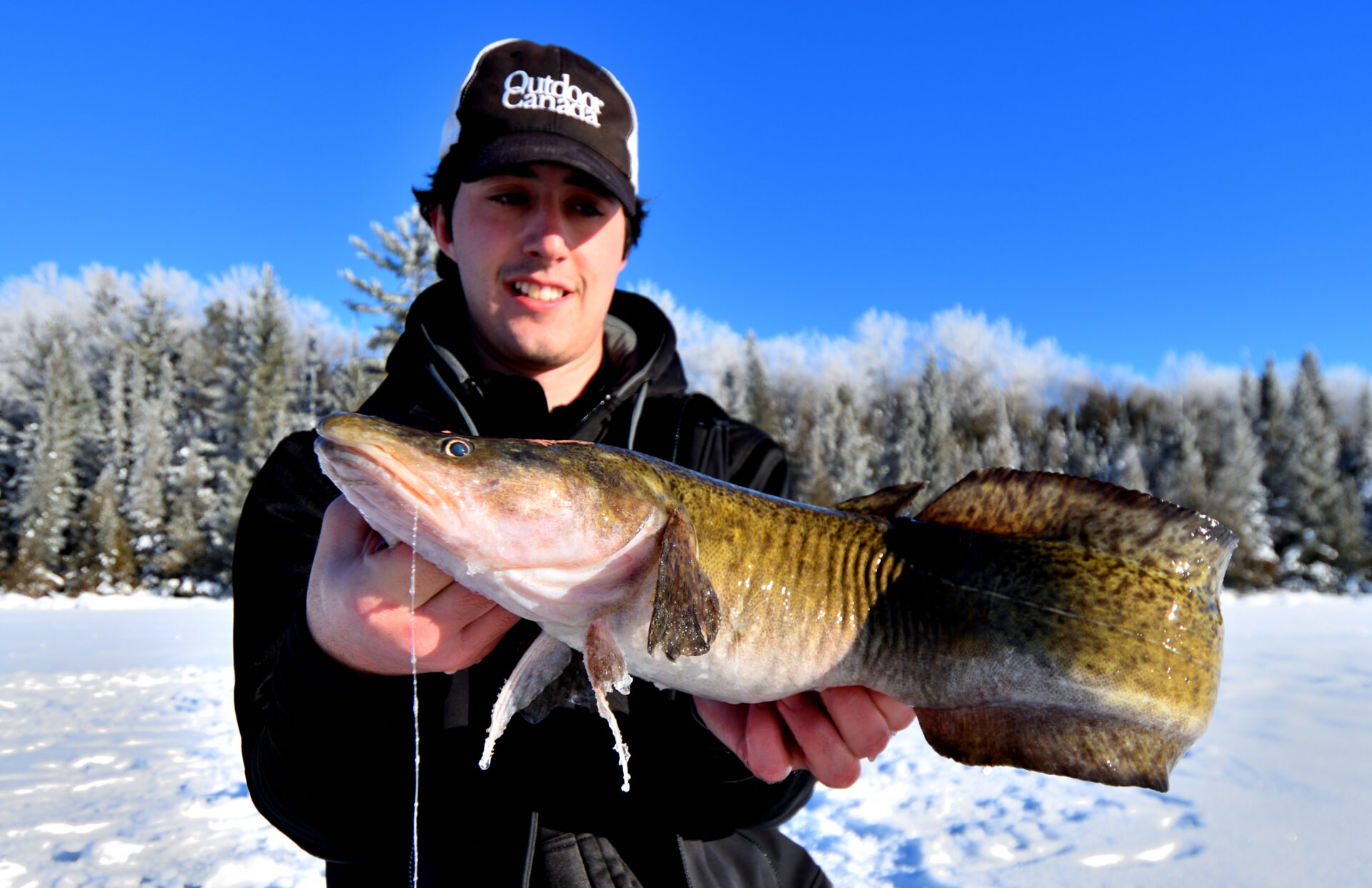Advertisement
We recently launched our Doc Talks Fishing podcast talking with our good friend and burbot biologist, Jeff Matity. It was mind blowing, and we’re still trying to comprehend all of the incredible details. You can listen to the podcast HERE but to whet your appetite in the meantime, here are few key takeaways.
Advertisement
On why Matity is obsessed with burbot from both a science and angling perspective.
- People ask me why I focus on burbot so much. For me they’re an unbelievable character fish. I grew up as a hockey player, and I was always considered the character player. I was the guy who would go into the corner. I was the guy everybody liked to have around. And burbot should be that fish for all ice anglers.
Why non-spawning burbot stay on the spawning grounds for weeks on end, not eating but guarding and protecting the eggs of other burbot as they spawn.
- Nothing I can think of on earth, other than homo sapiens, puts that amount of care and attention into other people’s children.
- Okay, mom and dad, you guys have taken care of me, it’s all good. Do your thing, go eat, just bring back some fertilized eggs for us to take care of and we’ll reciprocate that favour.
On burbot being able to talk back and forth with one another and communicate with each other.
Advertisement
- It’s quite extraordinary, and it has only been within the last five years that this vocalization has been captured on audio. It’s like the distant sound of a motor bike revving. And that is the burbot pushing air into and out of their swim bladders, and that’s how they find each other.
Where do you find burbot under the ice when they’re spawning—right now—in late winter? And what are some of your favourite baits?
- Walleye habitat and burbot habitat is very interlocked at this prime time. They’re talking to each other, schooling up, feeding up and they will fill their bellies with anything that is available.
- When they’re spawning, it’s those main lake shoals… the coarse gravel. But if they have adjacent rock to root crayfish out and that sort of thing, that is where your breeders are going to be feeding
- (The shallow gravel structures have to be) close to a basin—like really close to the basin. They go down into 30, 40, 50 feet to feed, and they want to go straight vertical back in to spawn. They produce one batch of eggs, but they take many forays to drop all their eggs. As many as 3 million eggs in a really big burbot.
Advertisement
- Breeders that come in during the day are caught immediately because they see something they want to eat.
- But the non-breeders do something amazing. What they do is they’ll come in and give the jig a “stink eye”. They tip their nose right up to it, fan their pectoral fins, and their pectoral fins are huge. It is very ominous. And then they leave. Then the same fish will come by and it’ll do a fin-swat with its pectoral fin and when you feel that, it is when you usually set the hook and miss it. And then it comes in and does a belly sweep. It pushes your jig right into the bottom. That is when you set the hook and that is when you often hook it.
- Even in eight feet of water we’re using it (3/4-ounce jig) because we want a concussion when it hits the bottom. Bang … bang … bang. Of course that will bring the burbot in. But instead of letting it do all those body posturing things we lift the jig at least two feet off the bottom, so when the burbot comes up the only thing it can grab it with is its mouth. And we convert virtually every single fish. Even with the Humminbird, we will wait until we see the fish involved with the jig on the bottom, lift it up and hold it and it will eat it.
Are you telling us that you can attract and call burbot to your hole using muskie-size lures to decoy the fish?
- (Muskie-lure maker) Jon Bondy makes a heck of a burbot lure. He has no idea it’s a burbot lure. The Junior Wabler weighs 4.4 ounces, is six inches long and has a #8 Colorado blade on the back. It is the ultimate decoy. It is not only a decoy it is a hook bait. The Bondy is without question the best burbot decoy.
That is but a tiny peek into the fascinating world of burbot, but if you want to throw the window wide open, click HERE and listen to the podcast.



